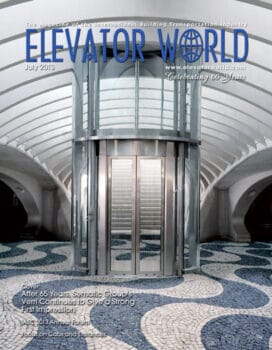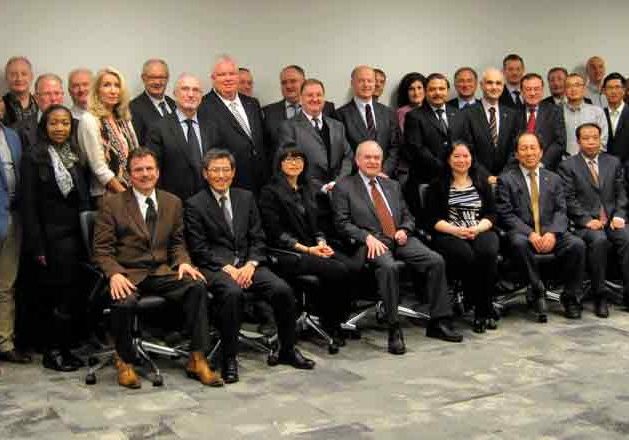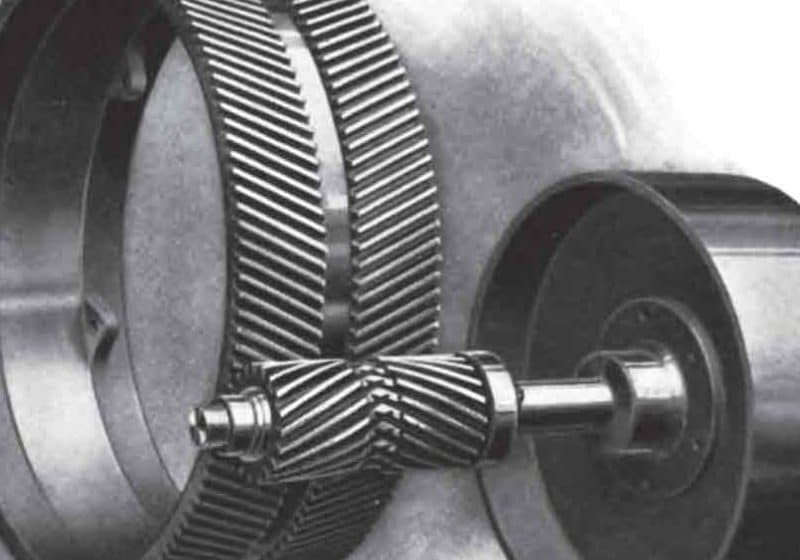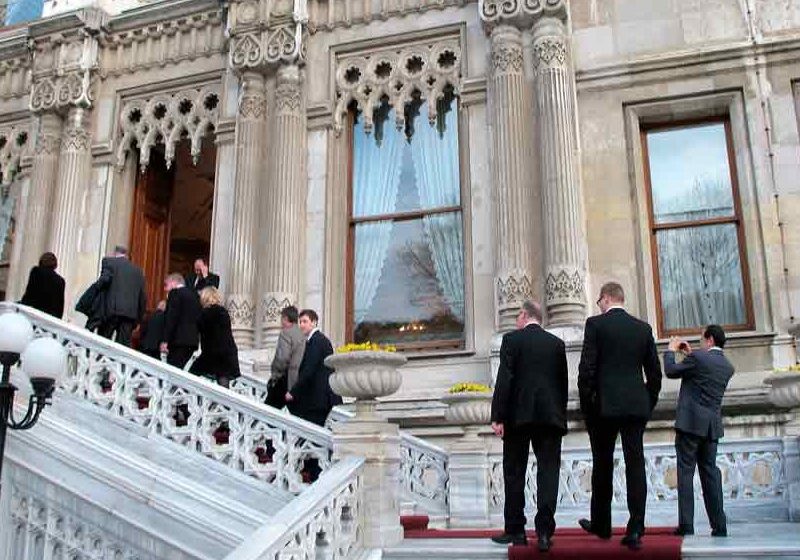Recent reports say the world population is increasing by 1.8% per year. At this rate, the ability to meet the energy and climatic needs of all societies will reach a critical point in the near future. Building vertically addresses all of these needs by saving land from being used for roads and parking lots, and reducing CO2 emissions and energy generated by traveling horizontally. To fulfill this vision, Broad Sustainable Construction Co. has stated its Sky City building, which will begin construction soon in Changsha, China, will be “a way of development for [a] higher life quality and lower impact on the environment.” This 202-story building will contain office space, a hotel and residential units, in addition to recreational facilities for its occupants.
This project’s marvelous aspect is it will be made entirely of modular units containing all of the heating, ventilation and air-conditioning; electrical; plumbing; and backup system components needed to provide comfort and safety for the building’s occupants. The modules will be manufactured in the factory, shipped to the field and bolted together to complete the entire construction phase of the project in nine months. And, when it is completed, this ambitious US$628-million project will contain 11 million sq. ft. of space that will be utilized by 30,000 people who, instead of traveling horizontally in cars, buses and trains to and from where they live, work and play, will be traveling vertically by means of 92 elevators located throughout Sky City. In view of the recent announcement of this monumental project’s groundbreaking, along with the fact that it is the cabs and entrances with which elevator passengers directly interact, we have included a special section in this month’s issue on these elevator system components.
In an article by Ralph M. Newman, Columbia Elevator is described as seeing an increase in elevator cab and entrance production so far this year. Newman quotes Louis Blaiotta, Jr., president of Columbia, as saying his company is seeing the beginning of what he feels is an upturn in the U.S. economy. Blaiotta expects new elevator installations to be around 16,000 units in 2013 and beyond that on its way back to pre-2008 levels of 18,000–28,000 units, which he indicates is where it needs to be for the elevator industry to achieve sustainable growth.
Some of the major projects described in this month’s issue include a modernization project performed by The Peelle Co., which upgraded the elevator cabs and entrances on large freight elevators in the Saks 5th Avenue Building in New York City. Vertical Dimensions LLC has provided what has been described as “cheerful, animated cab interiors to lift kids’ spirits” while they are at the Seattle Children’s Hospital Research Foundation Building in Seattle. Also included in this issue is a fine report by Gary Keen on SnapCab’s partnership with Trespa International and how this alliance has gained a strong foothold in North America. The SnapCab system’s ability to accommodate almost any code-approved material surface is described as being a key to its success.
Additional articles on Premier Elevator and Eklund’s, Inc. describe the outstanding work these companies have performed on numerous projects throughout North America. And, in his article on the work of Sematic Group’s Verri Cabin Division, our Associate Editor Lee Freeland emphasizes the importance of the first impression people get when entering a building and how this is impacted by elevator cabs and entrances.
The design of elevator cabs and entrances conveys the care and concern building owners have for their facilities’ users and occupants. This is especially the case with respect to monumental and supertall buildings such as the Sky City project that will rise thousands of feet above the ground.
We are also happy to announce the synchronous release of our 2012 Vertical Transportation Industry Profile (VTIP) and 2013 Elevator Cab Market Study in conjunction with this month’s issue of ELEVATOR WORLD. The information in this month’s issue of EW, along with the recently released 2012 VTIP and its 2013 Elevator Cab Market Study available at www.elevatorbooks.com, provide a good assessment of this segment of the elevator industry and how it impacts the impression of our industry and the public’s perception of the facilities in which elevator-industry equipment is installed. These are important documents for elevator-industry members to study and utilize to promote the elevator systems they will be selling and installing as the world’s economy finally starts to improve.
Get more of Elevator World. Sign up for our free e-newsletter.









